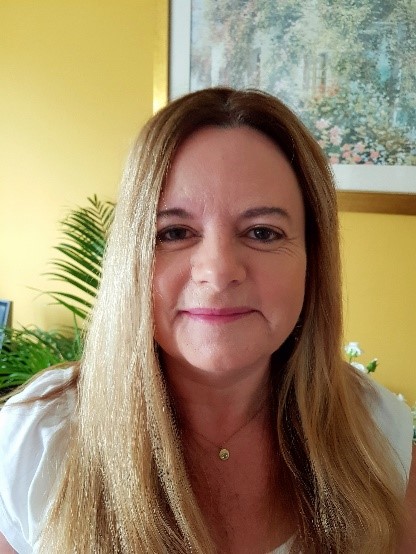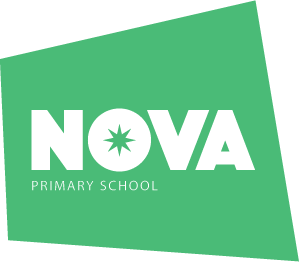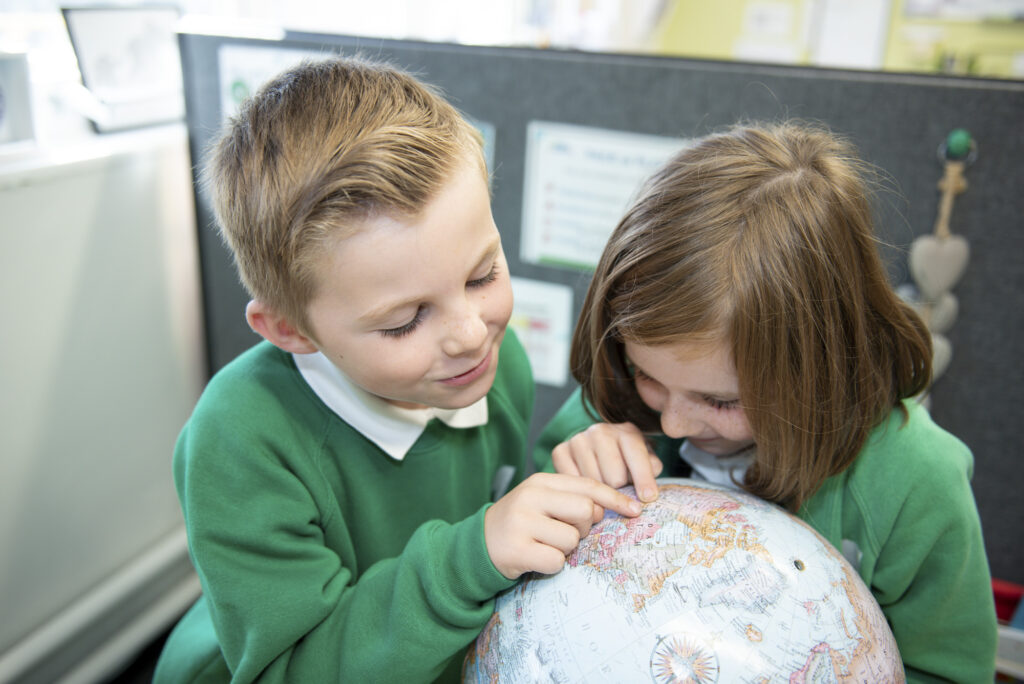Mathematics teaches children how to make sense of the world around them through developing their ability to calculate, to reason and solve problems. It enables children to understand and appreciate relationships and patterns in both number and their everyday lives.
Our aims are for children to:
- To become fluent in the fundamentals of mathematics.
- To reason mathematically.
- To solve problems by applying their mathematics to a variety of problems.
- To understand the importance of mathematics in everyday life.
How do we teach Mathematics at Nova Primary?
At Nova Primary School, we want to ensure our pupils: experience a variety of manipulatives; use accurate mathematical talk; and consolidate fluency facts in meaningful contexts. Our calculation policy has been adapted from the White Rose Maths calculation policy; this will support use of manipulatives and representations for the Concrete, Pictorial Abstract approach. Mathematical language (sentence focus) and key vocabulary have been taken from the Department of Education Ready to Progress materials.
You can see the maths overview for each year each year here:
You can find out more by reading our intent, calculation policy and fluency documents below:
- The vast majority of children work together on the same, tightly-focussed curriculum objective.
- Steps within a lesson are carefully planned to incrementally build up children’s understanding with repeated images and stem sentences where appropriate.
- Teacher-led learning or invitation to discussion with time also given for children to talk as a class or in pairs and practise both in pairs or independently.
- Children and staff talk about their maths using clear vocabulary and in full sentences – vocabulary is visible in the lesson.
- ‘Stem sentences’ are used to expose mathematical generalisations and to aid recall and application.
- ‘Marvellous mistakes’ are happily shared and unpicked by children and staff as we all recognise that this strengthens everyone’s conceptual understanding.
- A range of manipulatives (equipment such as Dienes, counters, tens frames and Numicon) and pictorial representations (such as the bar model) are used to support and deepen understanding of the key concepts for all children (not just for younger pupils or those who are struggling).
- ‘Hinge questions’ are carefully planned and are used to immediately assess the class’s understanding at a certain point within the lesson.
- Children often mark their own work to provide immediate feedback that can be acted upon.
- Essential number facts such as number bonds and times tables are taught and practised regularly in fluency sessions outside of the daily maths lesson (daily) to enable children to become fluent. These targets are detailed for each year group on the calculation policy.
Leadership:
Jon Deeney and Jo Brocklebank are our Lead Mathematician, who you can speak to to find out more about how we teach maths at Nova.


Our priority this year:
Times table and Mastering Number Programmes are embedded and children show progress and competence in their fluency. Children’s fluency supports core maths learning.
Teachers are forensic with assessment and use it to identify and then address children’s gaps in learning.
Investigations and purposeful application of maths are implemented across the wider curriculum.
Adaptive teaching principles are embedded to improve outcomes, knowledge and skills.


